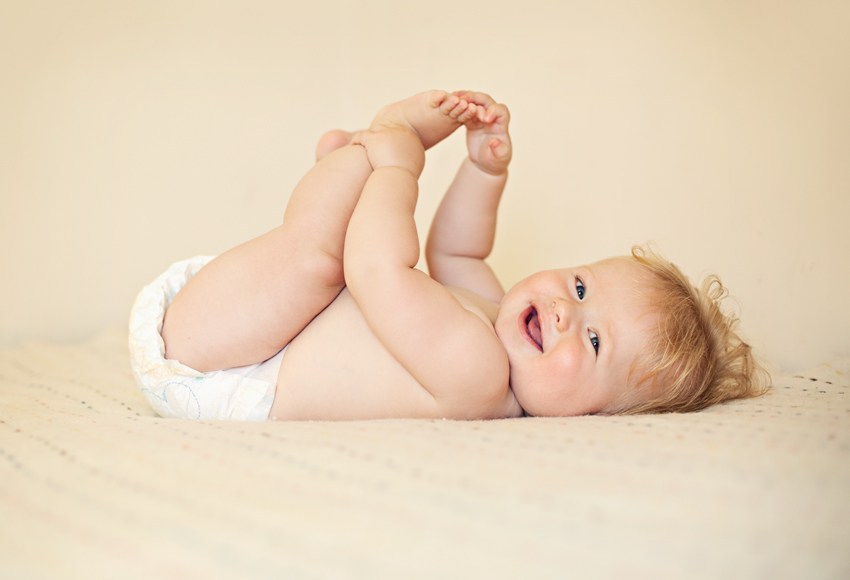Optimising the sleep environment

Light, noise, sound, temperature, smells and toxins can impact on a child’s ability to sleep well. The optimal environment may be influenced by the age and sensitivity of your child e.g. babies under 12 months may require additional bedding layers as they are unable to effectively regulate their own body temperature, or a soft light night may be necessary for older toddlers, as some may develop fear of the dark from two years of age.
MY TOP TIPS:
● Expose your child to natural, unfiltered sunlight every day. This is essential for melatonin production (sleep hormone) and regulation of your child’s circadian rhythm (internal body clock) – necessary for deciphering day from night and establishing regular sleep patterns.
● Maintain a dark room for all sleep times. A dark room encourages the release of melatonin. If your child prefers to sleep with a night light or it helps you to navigate your way for overnight settling or feeds, opt for one with red light. Red light is far less disruptive to the circadian rhythm when compared to blue or white light – which enables children (and adults) to fall asleep (and back to sleep) more easily, and can improve overall sleep quality and duration.
● Maintain a room temperature between 19 and 22°C (66 to 72°F). Many children wake overnight or early in the morning because they are cold – especially in the cooler months. Maintaining warmth can be the key to helping a child sleep more soundly and for longer.
● Make your child’s room a safe, cozy haven. Think warmth, security, and comfort:
– Rugs can add warmth to tiles, polished concrete or timber surfaces;
– A rocking or feeding chair can offer a resting place for weary parents when attending to unsettled children overnight;
– Empower your older child by allowing him or her to select their own bedding or a special toy for their room.
● Reduce EMF exposure. Electro-magnetic frequency can interfere with a child’s sensitive, developing brain. To minimize exposure, be sure to switch off Wi-Fi and all electrical appliances at the wall when not in use and overnight. switch phones and iPads to airplane mode and position your child’s head away from any power boards or electrical cables.
● Avoid baby monitors. Albeit a personal preference, be mindful that these can disrupt sleep for many reasons. Not only do they emit high levels of EMF, but the camera light on video monitors can distract babies at sleep times if positioned in their line of vision. Monitors can also impact the parent’s ability to sleep soundly due to their sensitivity to movement (monitors will light up and make sound multiple times throughout the night when intervention is unnecessary). If you decide to use a monitor for peace of mind, where possible, opt for a wired baby monitor.
● Position your child’s crib/bed away from windows. Drafts from windows can make your child cold overnight.
● Avoid toxins in your child’s room and your house. This includes wall paint, skincare products, carpet, bedding, mattress, clothing and cleaning products. Opt for organic where possible.
● Avoid blue and white light at least one hour preceding sleep times. Blue light (emitted from electronics computers, iPhones, iPads, and televisions) and white light (emitted from internal household lights and lamps) interfere with a child’s circadian rhythm because it suppresses melatonin and can lead to overstimulation – and consequently, increased difficulty falling asleep and, or more frequent night waking.
● Encourage relaxation. Dim the lights, turn off the television and engage in some quiet time such as: books, puzzles, quality time, calm floor play, soft music, relaxing essential oils (such as lavender, frankincense, and chamomile) or a guided meditation. To avoid the infamous ‘second wind’ try making the actual ‘goodnight’ routine – in the child’s bedroom- no longer than 20 minutes.
● Swaddle your young baby. Swaddling mimics the womb environment, encouraging security and sounder sleep in the initial three months of life i.e. the fourth trimester. It also muffles the Moro, or startle reflex, preventing your baby from startling themselves awake mid-sleep. Many children commence the transition out of the swaddle between four to six months when infants begin to roll which may pose a risk at sleep times – this is also the age when the Moro reflex commonly integrates (i.e. is no longer active). Refrain from swaddling your child in a car seat or baby carrier. Our favorites include Baby Loves Sleep, ergoPouch, and Love to Dream.
● Remove crib mobiles, wall decals, light-up sound machines, and toys to avoid distraction and overstimulation.
● White noise can promote sound, quality sleep for all ages because it helps to block out external and household noises that can otherwise wake your child during naps and overnight. Ensure that the volume is no louder than 50 dB (approximately the volume of somebody taking a shower). As a comparison, a normal human conversation is 60 dB, so 50 dB is quieter than just about everything that you and your baby do during the day. Position between your child and the greatest source of noise e.g. a door or window, and ensure a distance of at least one to two meters from your child’s head. We love the Aroma Snooze ultimate sleep aid which is actually white noise, humidifier, air purifier, essential oil diffuser, and night light in one!
● Incorporate playtime in your child’s room. Playtime (and in particular, roughhousing play) in a child’s crib and room encourages safety, comfort, and familiarity, and can aid better sleep at times of insecurity and transition e.g. separation anxiety, milestones, and changes to routine.

[…] noise will help replace YOU as the main sleep association (ie what they need to fall asleep). 3) Optimising their sleep environment can work wonders for sleep by making our little ones feel comfortable, safe, and secure. 4) Bring […]